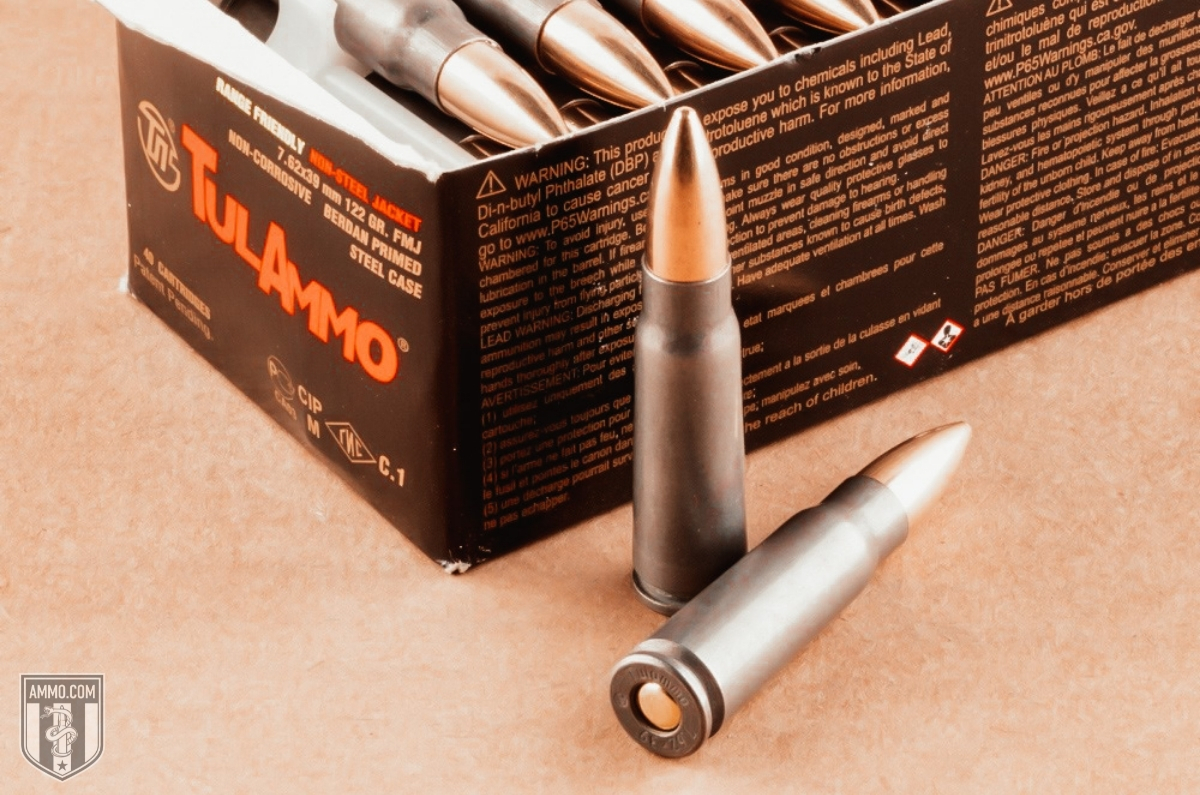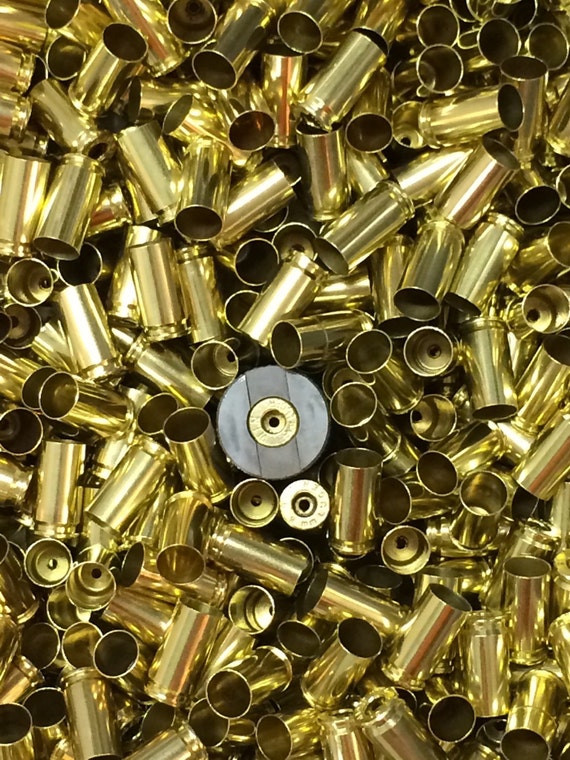

This, in turn, helps when the empty case is being extracted from the chamber and subsequently ejected from the rifle’s action. The strong taper of this round aids in reducing friction on the fired case. The reason for this is that firearms in 7.62 x 39mm such as the AK-47 and SKS were, for the most part, intended to fire steel-cased ammo. This is particularly true with firearms chambered in 7.62 x39mm and some semi-autos in 7.62×51 NATO. In addition to cost, some firearms function better with steel-cased ammunition than their counterparts in brass cases. Whether it is imported military surplus steel cased ammunition or newly manufactured steel cased ammo, it will often be significantly cheaper than its equivalent in brass cased ammunition. The primary advantage of steel cased ammo over brass ammunition is the cost. Coupled with its natural lubricity, brass ammunition tends to feed as well as extract in a superior fashion to almost any other cartridge case material.

This means there is one flash hole in the brass case and after a round is fired that the primer can be removed and replaced during the reloading process.īrass has a natural resistance to corrosion and it is softer than steel. Most modern centerfire brass cased ammunition is Boxer-primed. This protects the firearm’s action from accelerated wear. Yet, it has an equally important feature and that is the brass case’s flow and expansion within the firearm’s chamber to act as a seal and contain the gases generated by the ignited propellant. This is crucial to the initial manufacture of the individual cartridge case and for the ease of reloading the fired case in order to resize it. This refers to the metal’s ability to be formed or shaped. We mentioned earlier the aspect of malleability in a brass ammunition case. Primarily short-stroke piston, gas-operated weapons work well with steel-cased ammo.

Other countries manufactured it as well, but that was largely dependent upon weapon systems and available resources or lack thereof. Some of that US-made 45 ACP steel-cased ammunition can be fired today.Īfter World War 2, steel-cased ammunition became popular with the former Soviet Bloc countries and Warsaw Pact nations. Canada and the United Kingdom experimented with steel cases and so did the United States in 1941 for use in the 1911A1 pistol and M3 submachine gun. The Germans used steel cased ammunition through World War 2, mostly in 9mm and for use with submachine guns or machine pistols but also in 7.92 mm. Steel cases may have lacked the malleability of brass but they were quick and easy to produce. During World War 1, countries such as Germany experienced a shortage of brass as a raw material and looked to using steel cased ammo as an alternative. The biggest disadvantage of brass ammo was its cost and lack of availability in certain countries. Enter: Steel Cased AmmunitionĪlthough brass cased ammo had many of the advantages that are favorable to modern ammunition production, it had a few downsides. This gave rise to the modern ammunition industry and by 1870 brass cased ammunition became almost a worldwide military standard. Brass cased ammunition changed modern warfare in that ammunition no longer had to be produced on the battlefield by loading powder and bullets directly into the chamber of the firearm. The closest examples that are similar to modern ammunition date to the 1840s in Europe and consisted of a copper or brass case containing propellant and a rimfire priming system.īrass seemed to be the more popular choice due to its malleability, cost and effectiveness. The earliest examples bear very little resemblance to what we see today. The metallic cartridge dates back to the early 19th Century. But is there really a difference between the two types of ammunition, particularly over a long period of time? A History of Brass Cased Ammunition Steel cased ammo is said to be less expensive and brass cased ammunition more reliable. Each one has its pros and cons and many shooters are firmly entrenched in one camp over the other. One of the biggest debates in the world of shooting is the use of brass-cased ammo vs.


 0 kommentar(er)
0 kommentar(er)
